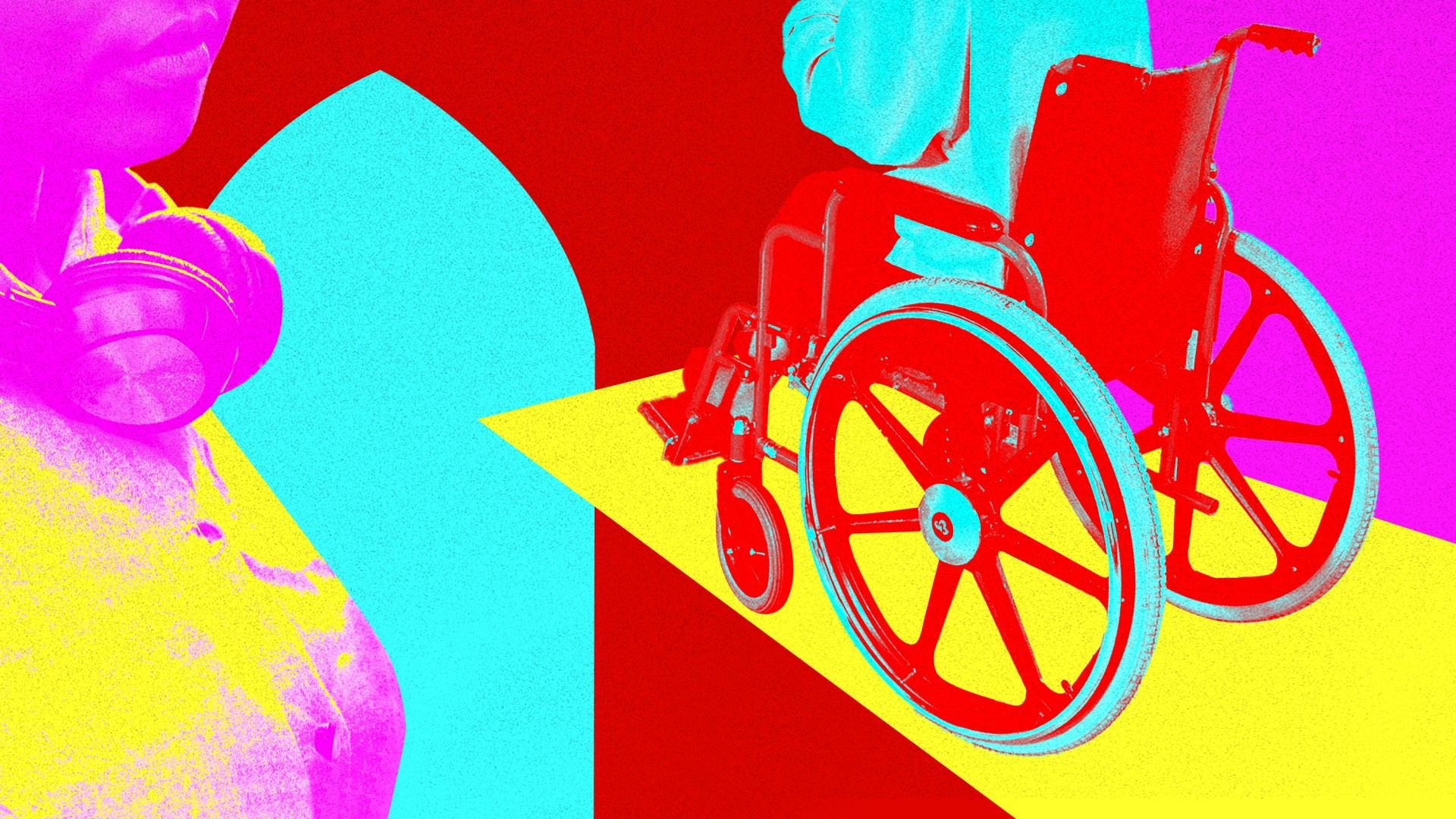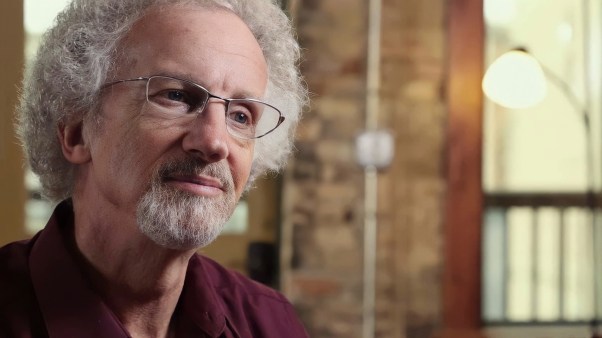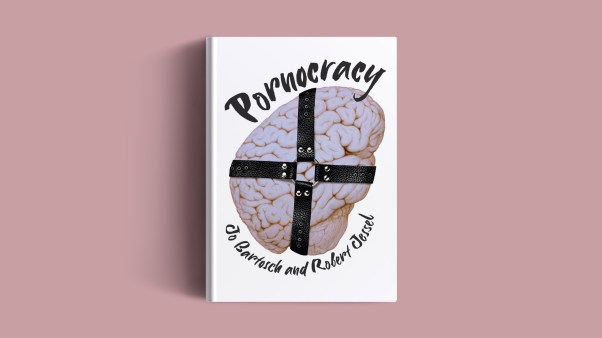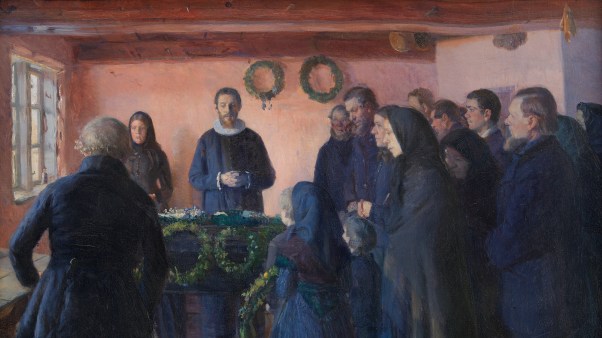I didn’t grow up in church. But even as an undiagnosed autistic child raised Hindu in the South, I was aware of church culture. I even knew a few popular hymns. Yet I found the idea of church far more confusing than my own family’s religious practices. At the very least, I was certain it would require a level of decoding I couldn’t yet master.
I became a Christian in my early 20s, but even from the inside, the church still confused me. Now, as a parent to autistic children, I find myself helping my children decode some of the same rules I still struggle with. And while we’ve found welcome and community, we’ve also encountered plenty of unintentional barriers: sensory overload, unspoken behavioral expectations, well-meaning volunteers who didn’t quite know what to do with us.
I’ve combed through ministry resource after resource looking for something that will help me better advocate for and meet the needs of a family like mine. While many outline logistical, practical, and safety-related steps, few embody the love of Christ as tenderly as Sandra Peoples’s Accessible Church: A Gospel-Centered Vision for Including People with Disabilities and Their Families.
Peoples, a disability-ministry consultant who grew up with a sister with Down syndrome, is also a parent to an autistic child. Her book is a timely and deeply needed resource for churches seeking more than a manual for ministry logistics. It offers a holistic framework—both theological and practical—for making the church a place where people with disabilities and their families are truly seen, welcomed, and valued. As Peoples demonstrates, the rationale for pursuing accessibility and inclusion lies not in sentiment or social obligation but in the very nature of the gospel.
Accessible Church has a clear foundational premise: Including people with disabilities is not an “extra.” It’s intrinsic to the mission of the church.
Drawing from the doctrine of the imago Dei, Peoples asserts that every person—regardless of ability—is created in God’s image and called to participate in the life of Christ’s body. This foundational truth bestows dignity, value, and purpose on every individual. It teaches us to treat disabilities not as unfortunate deviations but as sovereignly ordained realities, capable of reflecting God’s glory in unique and powerful ways.
Peoples’s writing reflects this conviction—she doesn’t treat disabilities as problems to be solved or obstacles to be managed. Her theological approach is pastoral, not clinical; biblical, not sentimental.
She weaves Scripture throughout the book, from Moses’s speech limitations to Paul’s thorn in the flesh. These aren’t cherry-picked proof texts but part of a broader narrative: Throughout the history of his people, God’s power is revealed through human weakness. The church, if it would reflect Christ, must learn to see beauty and purpose in what the world calls limitation. “As churches,” Peoples suggests, “we may need to lay down our preferences, our traditions, and our reputations for the sake of the gospel.”
The book presents sobering statistics about the relative absence of people with disabilities in our churches, measured against disability rates in our larger communities. Such figures point to a glaring discrepancy between churches’ self-perception as a welcoming environment and the actual experiences of families impacted by disability.
Peoples encourages readers to consider why these families might avoid our congregations. The reasons aren’t that mysterious. Lack of support, physical inaccessibility, behavioral misunderstandings, and theological confusion all play some role. Peoples names these dynamics honestly, without shame or blame, and invites churches to build structures that allow a wider range of people to feel at home rather than merely “accommodated.”
She also clarifies an important matter: Disability is not a monolith. From physical and cognitive disabilities to learning differences, mental health challenges, and trauma histories, the needs—and strengths—of people in this category vary widely. The book offers differentiated strategies that reflect this complexity instead of flattening disability into a single model.
As an autistic adult, I found this nuance deeply affirming. I know what it feels like to sit in a space that was not built for me—where participation requires performance and the unspoken message is “Act normal, and maybe you can stay.” Peoples envisions a better way: a church that aims higher than simply letting people like me attend. A church, in other words, that expects my attendance and plans for it in advance. That mindset shift—from accommodation to anticipation—has the power to transform church culture at its roots.
Accessible Church excels in its practicality. For Peoples, inclusion can’t be reduced to an abstract value or a sentimental gesture. It is a calling that must shape physical environments, volunteer policies, communication structures, and leadership assumptions.
The book outlines four basic models of accessibility in church classrooms and other ministry settings: inclusive environments, which host people with disabilities alongside their peers; specialized environments, which cater to specific cognitive and sensory needs; hybrid models, which allow movement between inclusive and specialized settings; and reverse inclusion programs, which invite a church’s teens and young adults into otherwise specialized spaces for the purpose of fostering relationships. These options offer churches of all sizes flexible starting points based on their resources and context. There is no one-size-fits-all model, and that humility is refreshing.
The book provides a wealth of practical tools grounded in love, not avoidance of liability. The emphasis is clear: Accessibility is about people, not just programs. When churches prioritize safety and belonging, gospel encounters become possible. This is especially true for children who may struggle with communication, emotional regulation, or participation.
“People with disabilities just can’t hide their neediness as easily as the rest of us try to hide ours,” Peoples points out. I’ve spent much of my life trying to mask my own “neediness,” so this truth hit me hard. The church is meant to be a place where we stop hiding. The more we can learn to treat visible vulnerability as a strength, not a liability, the closer we’ll come to Christlikeness.
As a parent, I long for a church where children like mine are seen not as exceptions but as fellow image-bearers with spiritual gifts to offer and discipleship needs to be met.
Peoples rightly emphasizes that disability ministry is a team effort. It’s not the work of one overwhelmed volunteer. It requires pastoral support, leadership buy-in, and a framework for sustainability.
I was especially encouraged by her description of “buddies”—volunteers who support children one-on-one, not as babysitters but as co-ministers. Peoples outlines how to recruit, train, and celebrate these volunteers—reminding readers that inclusion is a joy, not a burden.
Still, I couldn’t help noticing a gap: While the book offers a rich treatment of ministry and support to individuals with disabilities and their caregivers, it says little about adults with disabilities serving as leaders. Peoples cites Erik Carter, director of the Baylor Center for Developmental Disabilities, who has charted five steps in “the evolution of disability ministry”: “ministry apart,” “ministry to,” “ministry among,” “ministry with,” and “ministry by and with people with intellectual disabilities.” But she could have offered more examples of what it looks like when those people take the leadership reins.
Many autistic adults—myself included—are parenting neurodivergent kids, quietly navigating Sunday mornings without being invited to contribute. I’ve had the blessing of being involved in shaping a disability ministry at my home church, but I know this is the exception.
We adults with disabilities carry lived, embodied wisdom about our experiences—about regulation, communication, and sensory needs. And if churches are serious about inclusion, we need to be part of the leadership conversation—not just the care plan.
What sets Accessible Church apart is its unwavering focus on the gospel.
Inclusion is not framed as a charitable outreach, a performative gesture, a political imperative, or a ministry niche. It runs through the very fabric of the gospel. The church cannot fully reflect the body of Christ if it excludes its most vulnerable members.
This is not about extending pity or carving out “special needs ministries” as side projects. This is about ecclesiology. It’s about what we believe the church is. If the body of Christ has many parts, then exclusion is not just unfortunate—it is theologically devastating.
As Peoples observes, “Being an accessible church benefits the church as well as the families who are included.” Families impacted by disability are not burdens. They are co-laborers, image-bearers, and fellow heirs of grace. When we welcome those whose needs are different from ours, we remember our own needs. When we build spaces where difference is not just tolerated but embraced, we begin to look a little more like Christ.
Too many disability stories in the church focus on healing. This book offers a better story—one where grace sits at the table with disability and says, “Stay. You belong here.”
Perhaps your church is just beginning the journey of disability inclusion. Perhaps it’s been walking this path for years. In either case, Accessible Church is an indispensable resource. It will stretch your theology, strengthen your ministry, and maybe, as it did for me, offer healing in places you didn’t expect.
Sunita Kapahi Theiss is a writer, communications consultant, and homeschool parent based in Georgia.

















